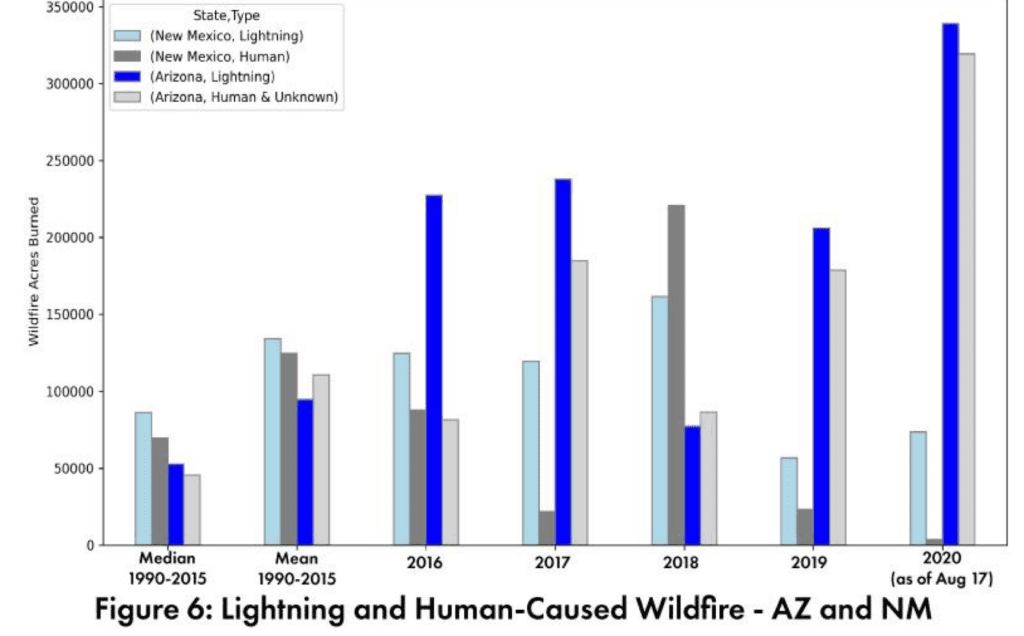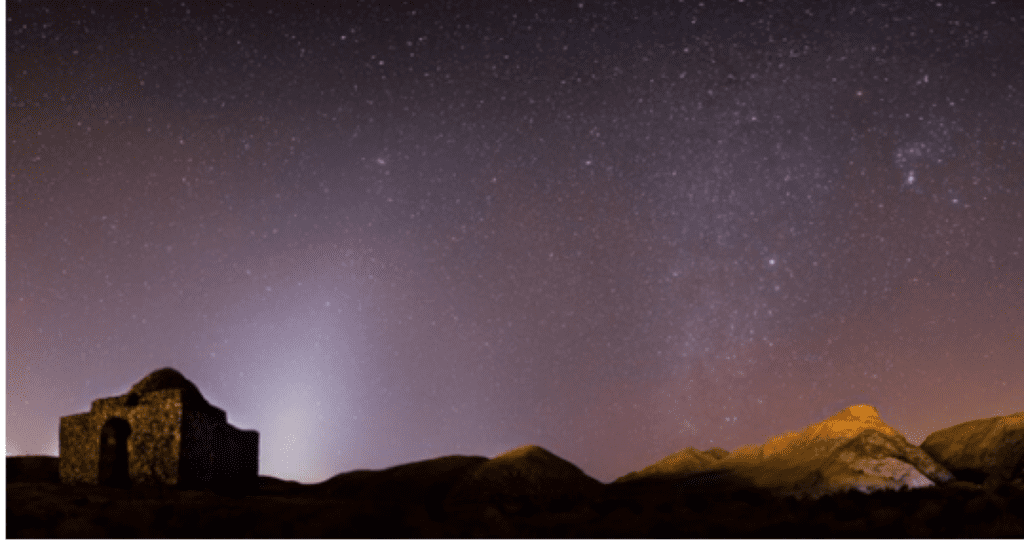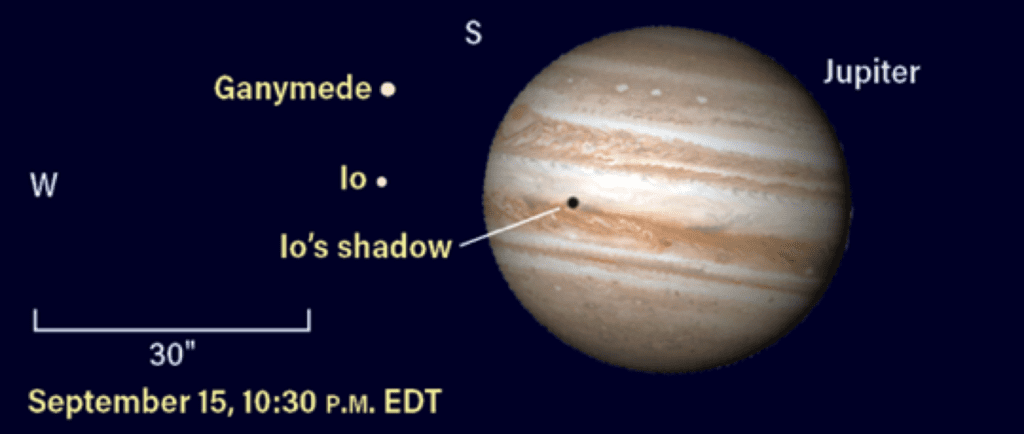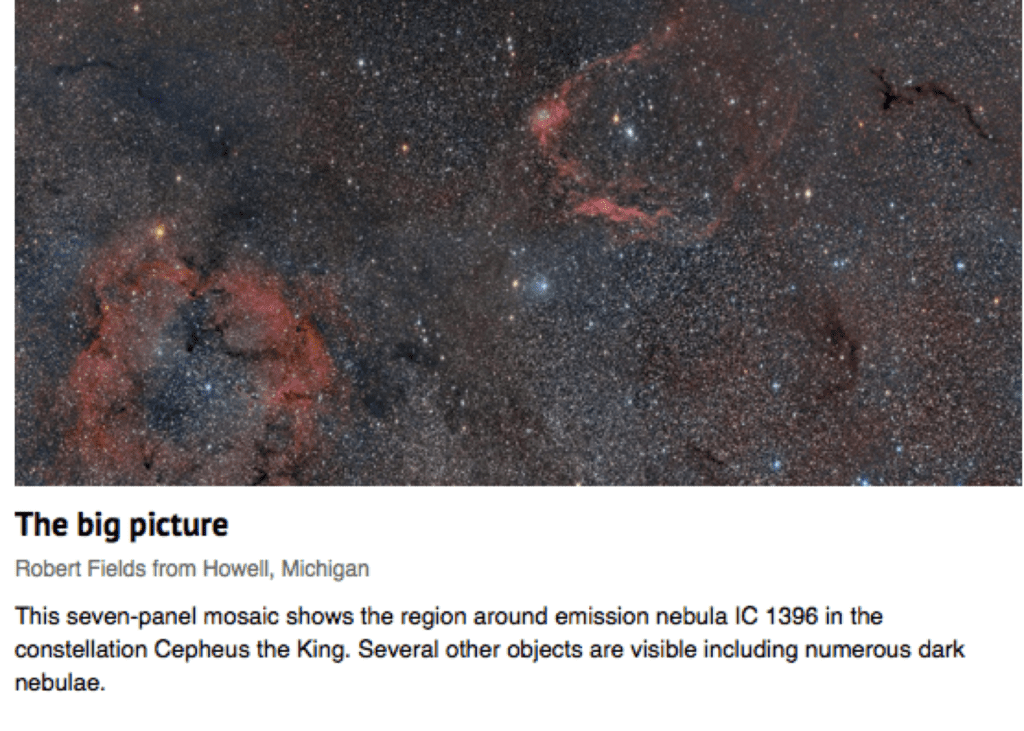Daniel Salzler No. 1068
EnviroInsight.org 4 Items September 18, 2020
Feel Free To Pass This Along To Others
If your watershed is doing something you would like others to know about, or you know of something others can benefit from, let me know and I will place it in this Information newsletter.
If you want to be removed from the distribution list, please let me know. Please note that all meetings listed are open.
Enhance your viewing by downloading the pdf file to view photos, etc. The attached is all about improving life in the watershed.
This is already posted at the NEW EnviroInsight.org
1. Reduce Dust When Planting Winter Ryegrass AND NOW Is The Time to Overseed.
PHOENIX (September 15, 2020) — The Maricopa County Air Quality Department (MCAQD) encourages commercial properties, government agencies, and residents to reduce dust this fall when switching to winter ryegrass. Overseeding can impact air quality by generating dust when scalping existing Bermuda grass. Each year the department responds to questions and concerns from landscapers, golf course managers, and residents regarding the dust created during the overseeding process.
The department offers the following tips to help prevent dust during the overseeding process:
- Avoid scalping on windy days and on High Pollution Advisory (HPA) days
- Don’t over-dry the area prior to scalping
- Apply water to moisten the area prior to scalping
- Reduce the area to be overseeded and the depth of scalping
- Keep dust collection screens and filters in good working order
- Sweep loose debris from paved surfaces instead of using a leaf blower, see the P-25 Ordinance 1
- Moisten material piles before loading into dumpsters
Generally, overseeding/scalping projects do not require a dust control permit. However, the dust emissions generated during these projects are still regulated under MCAQD’s Rule 310. Visible dust emissions beyond the property line may result in an air quality violation.

1 MARICOPA COUNTY AIR POLLUTION CONTROL REGULATIONS P-25 LEAF BLOWER RESTRICTION
SECTION 3 – REQUIREMENTS
A. RESTRICTED OPERATION OF A LEAF BLOWER:
1. A person shall not operate a leaf blower in a manner that causes landscape debris to be blown into a public roadway.
2. A person shall only operate leaf blowers on a stabilized surface.
B. VIOLATIONS, NOTICES, AND PENALTIES:
- When the Enforcement Officer has reasonable cause to believe that any person has violated or is in violation of any provision of this ordinance, the Enforcement Officer shall issue, for the first violation of this ordinance, a warning notice stating which requirement of the ordinance was violated.
- The Enforcement Officer may impose a civil penalty of $50 for the second violation of this ordinance. Upon a third violation of this ordinance, the Enforcement Officer may impose a civil penalty of $100. After the fourth and subsequent violations of this ordination, the Enforcement Officer may impose a civil penalty of $250.
2. Tucson Launches Grant Program To Help Small Business Owners Make Building Improvements. The City of Tucson announced yesterday, Sept. 14, the launch of the Visual Improvement Program (VIP), a matching grant program to help small businesses and commercial property owners make exterior improvements to their properties. The purpose of the VIP program is to encourage investment and revitalization in key commercial areas and corridors through incentives and infrastructure improvements. The program is designed to help properties in need of revitalization and assist property owners or business owners with storefront facelifts. The City will provide technical and financial assistance to help renovate or restore exterior façades, signage, and lighting for commercial buildings. Applicants for the VIP must be commercial property owners or commercial tenants located within the City of Tucson. For more information and specific requirements, follow the link below.
Visual Improvement Program
3. Climas.org Summary Published: Thursday, August 20, 2020
Monthly Precipitation and Temperature: July precipitation ranged between record driest and average in most of Arizona. July temperatures were much above average or record warmest in most of Arizona;. The daily average temperature anomalies for Jul 1 – Aug 15 (Fig. 2) highlight the fluctuations at select stations around the region.



Temperature

Water Supply: Water year precipitation to date (Oct 2019 – Jul 2020) is above normal to much above normal across most of southern and central Arizona and New Mexico (along with west Texas and southern California), while the Four Corners, northern New Mexico, and southern Colorado are below normal or much below normal. Many of the reservoirs in the region are at or above the values recorded at this time last year, but most are below their long-term average (see Arizona reservoir storage).

Drought: The Aug 11 U.S. Drought Monitor (USDM) expanded drought characterizations across Arizona and New Mexico, with expansions of moderate (D1), severe (D2), and extreme drought (D3) that reflect the below-average monsoon precipitation as well as accumulated long term precipitation deficits (Fig. 5).
Wildfire: 2020 is turning out to be an active fire year in Arizona. Notable fires include the Bighorn Fire near Tucson, the Sawtooth and Bush Fires near Phoenix, and the Mangum fire in northern Arizona. In Arizona, wildfire acres burned for 2020 are well above mean and median (1990-2015), and have exceeded the totals for lightning and human-caused fires in the past five years. New Mexico remains below average in 2020, especially for human-caused wildfire (Fig. 6, data updated as of Aug 17).

ENSO Tracker: Conditions are expected to remain ENSO-neutral through summer 2020, with increased chances for a La Niña event this fall (see ENSO-tracker for details).
Precipitation and Temperature Forecast: The three-month outlook for Sept through Nov calls for equal chances of above- or below-average precipitation in most of Arizona, and an increased chance of below-normal precipitation in much of New Mexico (Fig. 7, top). The three-month temperature outlook calls for increased chances of above-normal temperatures across most of the western U.S. and northern Mexico (Fig. 7, bottom).
Published by the Climate Assessment for the Southwest (CLIMAS), with support from University of Arizona Cooperative Extension, the Arizona State Climate Office, and the New Mexico State Climate office.
4. Astroshed: The Sky This Week; Venus and the Moon Meet In Cancer.
Catch some stunning solar system pairings and see if you can glimpse the zodiacal light from September 11 to 18.

A close pass
Io and Ganymede pass each other while moving in opposite directions on September 15. Europa and Callisto are also visible, farther to the west. Astronomy: Roen Kell.
Tuesday, September 15
Jupiter’s moons Io and Ganymede make a close pass tonight off the western limb of the planet. The buildup to their meeting starts at sunset; for observers in the eastern half of the U.S., Io and its shadow are crossing the face of Jupiter as darkness falls. Io slips off the disk at 9:51 P.M. EDT heading west, while Ganymede is moving east. The two moons are closest at about 10:30 P.M. EDT, when they sit 10″ apart off Jupiter’s western edge. Io’s shadow is still a small dark circle on the planet’s face. About half an hour later, Io’s shadow leaves the planet at 11:03 P.M. EDT. Finally, Ganymede slips into Jupiter’s shadow, disappearing from view behind the planet at 11:43 P.M. EDT. Io and Ganymede are just two of Jupiter’s four largest moons, also called the Galilean moons. The three innermost moons — Io, Europa, and Ganymede — are locked in resonance. (The fourth Galilean moon, Callisto, is not in resonance with the rest.) For every four orbits Io makes, Europa completes two and Ganymede completes one. It is this relationship that makes Io the most volcanic body in the solar system, as it is regularly stretched and squeezed by the gravity of Jupiter, Europa, and Ganymede.

Wednesday, September 16
High overhead tonight is Cepheus the King, Cassiopeia’s husband and Andromeda’s father. This house-shaped constellation is home to several excellent binocular objects, and the Moon’s late phase and early set time are ideal for setting your sights on this celestial king.

Get your evening off to a stellar start by targeting Mu (μ) Cephei, one of the largest, most luminous supergiant stars in the Milky Way. Just southwest of Mu is IC 1396, an open cluster of stars that requires dark, steady skies to spot. Most of its stars are magnitude 9 or fainter, so you’ll need higher-powered binoculars to see them. Low-powered binoculars will reveal some of the cluster’s scattered brighter stars. The cluster itself sits within an emission nebula, but the gas’ deep red color makes it difficult to spot. If you have a telescope and a narrowband nebula filter, however, you may have some luck.
About 5.5° north-northeast of IC 1396 is NGC 7160, another open cluster with a few brighter stars of magnitude 7 and 8. This small cluster was discovered in 1789 by William Herschel.
Thursday, September 17
New Moon occurs at 7 A.M. EDT. That means dark skies for observers and the perfect opportunity to try to catch the zodiacal light — sunlight scattered off dust in the solar system. You can look for this light throughout the rest of the month when moonless conditions occur. The zodiacal light typically appears as a cone like glow centered on the ecliptic, which is the plane of the planets in the solar system. It appears in late summer and early fall before sunrise, earning it the name “false dawn.” (In late winter, the zodiacal light appears after sunset and is sometimes called false dusk, instead.)
For a double feature you won’t want to miss, step outside early this morning around 5 A.M. to also look for Mars, which appears high in the southwest, nestled in Pisces the Fish. The Red Planet, magnitude –2.2, is a little over 5° north-northwest of Alrescha — although the star makes a poor signpost, since it’s a much fainter magnitude 3.8. Mars observing will only get better in the coming weeks, as its October opposition is now right around the corner.
Friday, September 18
The Moon reaches perigee, when it is closest to Earth in its orbit, at 9:48 A.M. EDT this morning. At that time, it will be 223,123 miles (359,082 kilometers) from Earth. It’s also a mere three-percent-lit crescent, visible largely during daylight hours and setting only an hour after the Sun.
At Sunset, the young Moon is about 5° north of Mercury; both are low in the west, sinking with the not-yet-visible stars of Virgo. Half an hour after sunset, the magnitude 1 star Spica may appear, a scant 4° above the horizon. Mercury is even lower, but a bright magnitude –0.1. If you manage to catch the planet with a telescope, you’ll see its 6″-wide disk is 78 percent lit.

Andromeda Galaxy
You’ll have slightly more time to spend on the Moon — look for earthshine, which occurs when sunlight reflecting off Earth illuminates the portion of our satellite in shadow. The delicate crescent will sink lower in the deepening twilight, leaving a dark sky overnight for deep-sky observers to celebrate. Some possible targets you may want to try for tonight include the Andromeda Galaxy (M31), the Triangulum Galaxy (M33), and the Ring Nebula (M57). Early in the evening, you may even catch 9th-magnitude Comet 88P/Howell, about 3.5° west of globular cluster M80 in Scorpius tonight.
Copyright: EnviroInsight.com 2020
